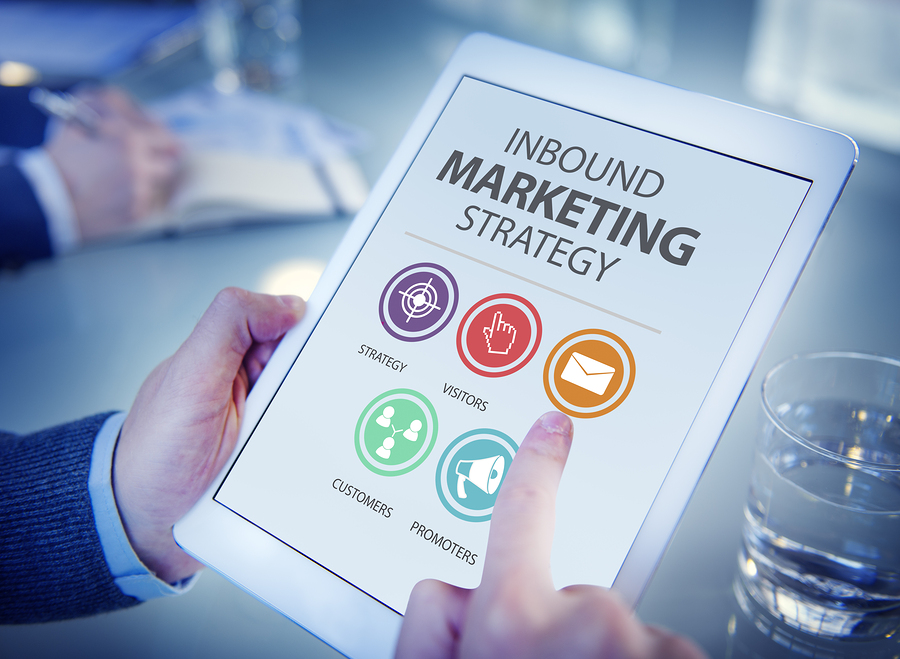 At first glance, inbound marketing seems like it’s easy. You set it up, write a few blogs, post on social media, and then you forget it. There’s no such thing as autopilot in marketing, especially inbound marketing. Great inbound marketing involves continuous improvement; it should be getting better week over week and month over month.
At first glance, inbound marketing seems like it’s easy. You set it up, write a few blogs, post on social media, and then you forget it. There’s no such thing as autopilot in marketing, especially inbound marketing. Great inbound marketing involves continuous improvement; it should be getting better week over week and month over month.
Here are 5 reasons your business is failing at inbound marketing:
1.No Targeting – Every piece of your inbound marketing strategy must be targeted to the right audience – the consumers who are most likely to buy from you. You need to do a little bit of market research, create buyer personas and buy profiles so you know who to target. The first time you create a buyer persona you may need to make educated assumptions, but remember to evolve these consumer profiles as data comes in.
2. Bad Content – Writing content that is directed at anyone and everyone is great, but it’s not going to convert visitors into customers or help you reach buying customers. Every piece of published content whether on social media or your blog, should have a similar feel, consistent brand awareness, and be written with your target customer in mind. Stick to your area of expertise and give your readers meaningful content.
3. No Call To Action – Have you ever walked into a building and had no idea where to go? It’s frustrating right. The same obstacle can happen on your website. You’ve written all this great content and carefully placed beautiful visuals, but is your visitor able to find what they need quickly? A call to action is visual directive that guides a user on what to do next whether it’s buy now, download free content, or schedule a consultation. Call to actions should be used consistently across your site, social media, and any blogs or articles you publish.
4. No Tracking -How can you tell what’s working if you’re not measuring your success? With inbound marketing, you have the opportunity to track and measure virtually every piece of marketing to help you constantly restructure and readjust for the best results. With the right tools to track your inbound marketing you’ll learn more about your typical buyer and where to increase your marketing efforts for success.
5. No Strategy – What is the value in converting visitors from your site into leads if you have no site visitors in the first place? What’s the value in attracting visitors to your site if you don’t have systems in place to convert those leads into customers? Where is the value in closing a sale if you don’t keep them engaged and retain them? An inbound marketing strategy will help you generate a consistent marketing cycle that increases website traffic, converts traffic in customers, and creates repeat customers.
You may have done an excellent job getting your strategy up and running, but if you are not responding based on the data and results, then your inbound is on autopilot. If your inbound marketing is still relying on a first iteration of your persona or a content strategy that was developed months ago, you’re still operating on autopilot and failing at inbound marketing. Every piece of inbound marketing builds upon the other pieces and should consistently evolve to grow your business.



